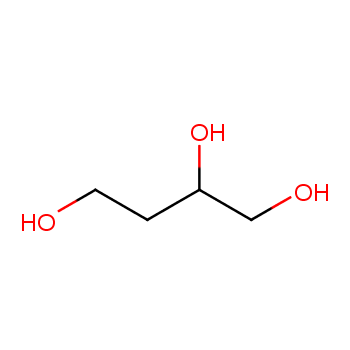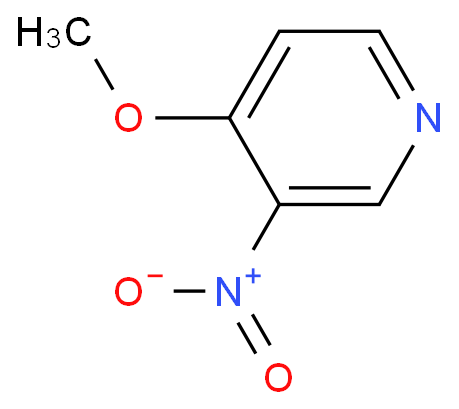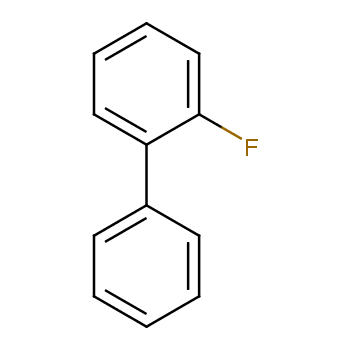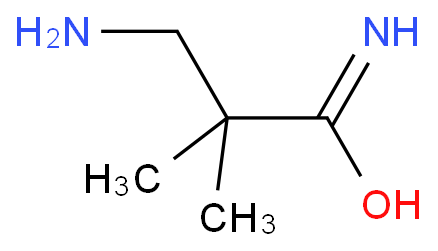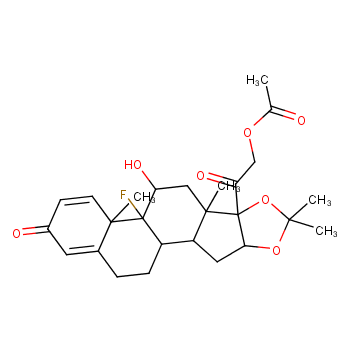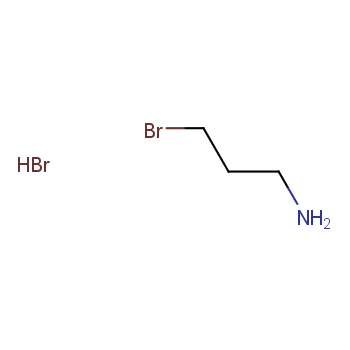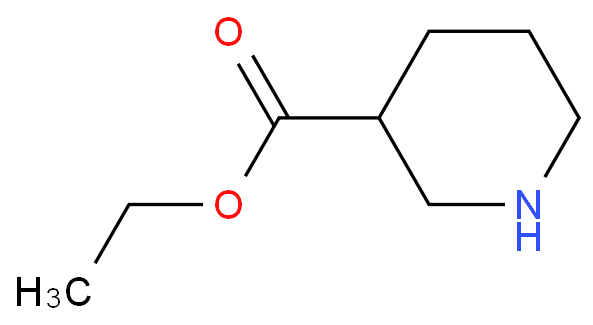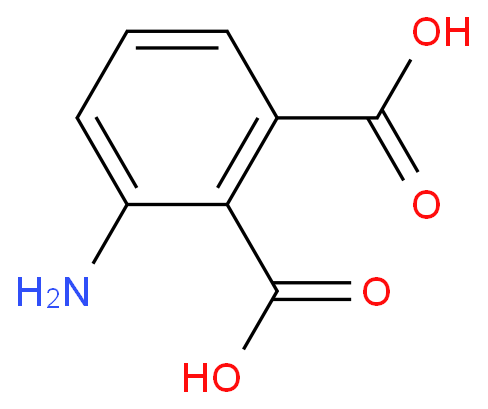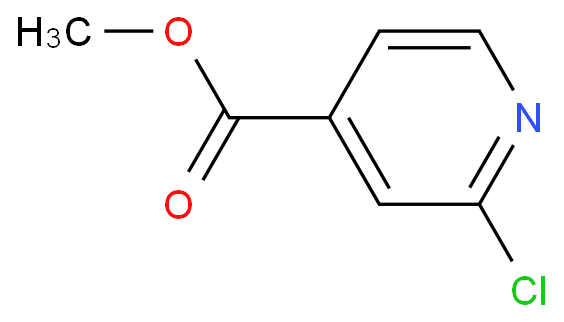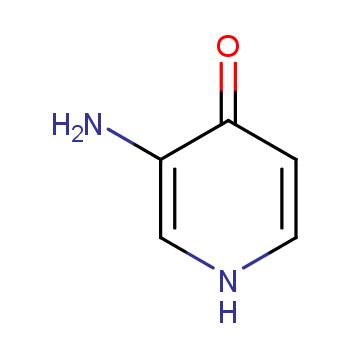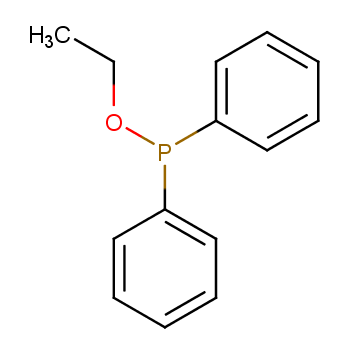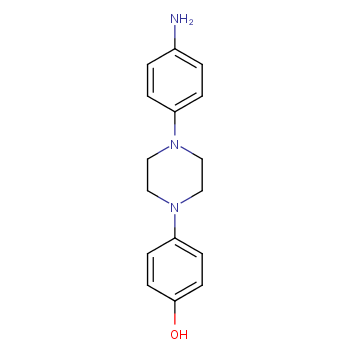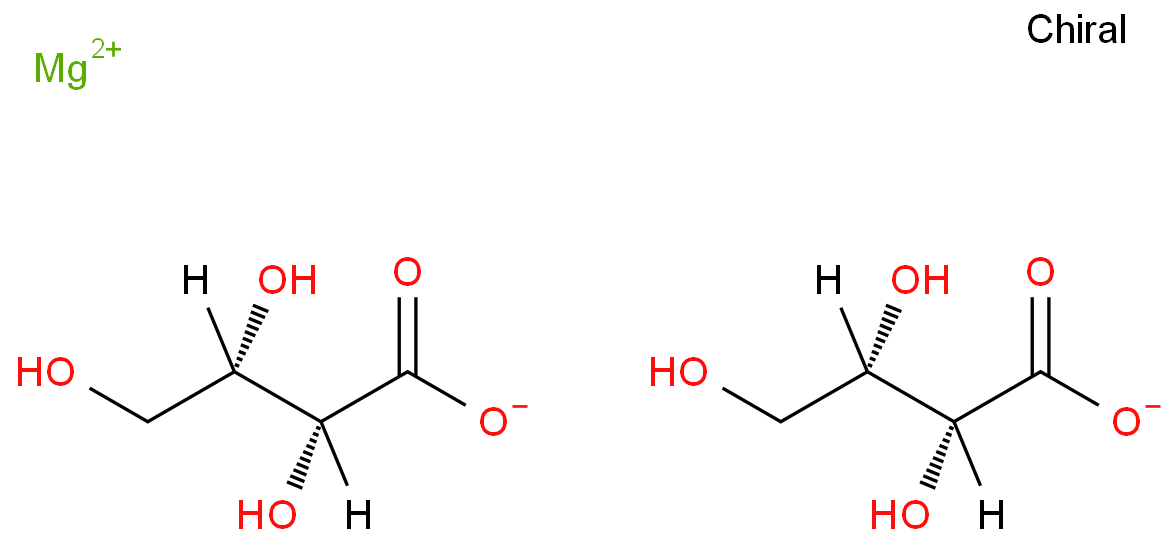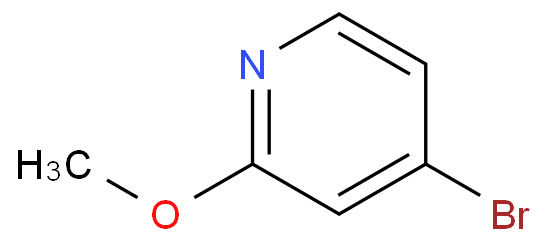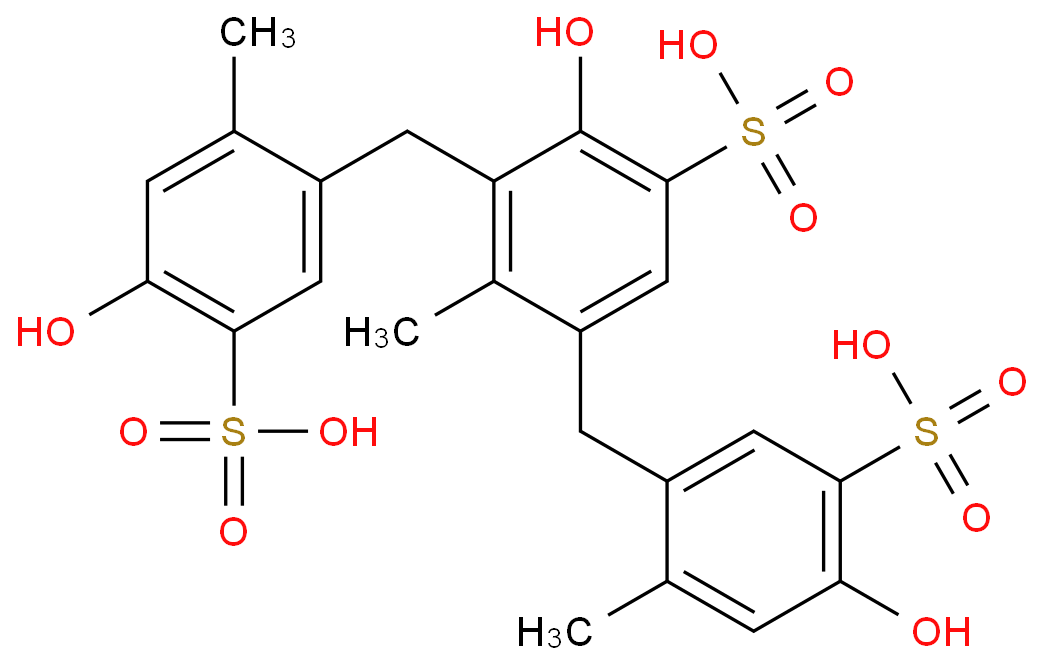Pharmaceutical intermediates refer to some chemical raw materials or chemical products used in the process of drug synthesis. This kind of chemical product, does not need the drug production license, can be produced in the ordinary chemical plant, as long as it reaches some levels, it can be used for the synthesis of drugs.
Common Pharmaceutical Intermediates categories
1. Aromatic Intermediates: These intermediates contain aromatic ring structures and are often used as starting materials for the synthesis of APIs. They can include compounds like benzene derivatives, phenols, and anilines.
2. Aliphatic Intermediates: Aliphatic intermediates contain straight-chain or branched hydrocarbon structures. They are used in the synthesis of drugs with aliphatic moieties in their structures.
3. Heterocyclic Intermediates: Heterocyclic compounds contain rings that include at least one heteroatom (an atom other than carbon) such as nitrogen, oxygen, or sulfur. These intermediates are crucial in the synthesis of drugs with heterocyclic rings, which are common in many pharmaceutical compounds.
4. Peptide Intermediates: Peptide intermediates are involved in the synthesis of peptides and proteins. They play a vital role in the production of biopharmaceuticals and peptide-based drugs.
5. Halogenated Intermediates: These intermediates contain halogen atoms (such as fluorine, chlorine, bromine, or iodine). They are used to introduce halogen moieties into the final drug molecule, which can affect the compound's properties and interactions.
6. Chiral Intermediates: Chiral intermediates contain asymmetrical carbon atoms, resulting in the formation of enantiomers (mirror-image isomers). Chiral intermediates are crucial for the synthesis of optically active pharmaceutical compounds.
7. Oxidation/Reduction Intermediates: These intermediates are involved in oxidation or reduction reactions, which can introduce or modify functional groups in the drug molecule.
8. Protecting Group Intermediates: These intermediates are used to protect certain functional groups in the molecule during synthesis, preventing unwanted reactions and allowing specific modifications to be made later.
9. Esterification/Amidation Intermediates: These intermediates are involved in esterification and amidation reactions, which are common in the synthesis of drugs containing ester or amide linkages.
Usage of Pharmaceutical Intermediates products
Pharmaceutical intermediates play a vital role in the pharmaceutical industry, bridging the gap between raw materials and the final drug product. They undergo specific transformations and modifications during the synthesis of APIs, ensuring that the final product is of high quality, purity, and efficacy. These intermediates are subject to strict quality control measures and regulatory standards to ensure the safety and effectiveness of the drugs they contribute to.
The development and production of pharmaceutical intermediates require a deep understanding of organic chemistry, chemical reactions, and process optimization. Companies specializing in the production of pharmaceutical intermediates play a critical role in the drug discovery and development process, enabling the creation of innovative and effective medications for various medical conditions.
+more
